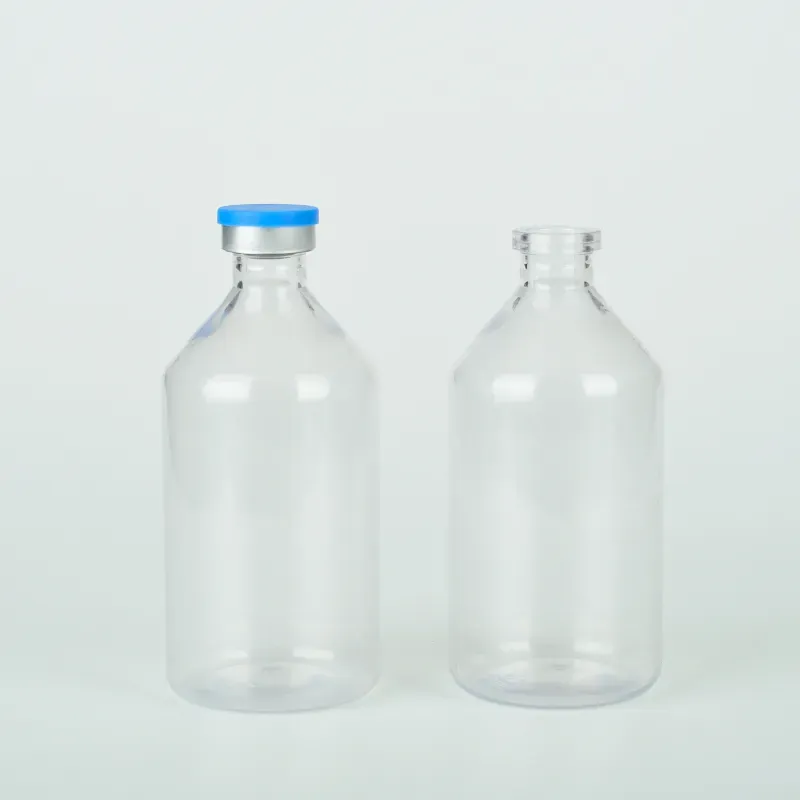
-
 Afrikaans
Afrikaans -
 Albanian
Albanian -
 Amharic
Amharic -
 Arabic
Arabic -
 Armenian
Armenian -
 Azerbaijani
Azerbaijani -
 Basque
Basque -
 Belarusian
Belarusian -
 Bengali
Bengali -
 Bosnian
Bosnian -
 Bulgarian
Bulgarian -
 Catalan
Catalan -
 Cebuano
Cebuano -
 Corsican
Corsican -
 Croatian
Croatian -
 Czech
Czech -
 Danish
Danish -
 Dutch
Dutch -
 English
English -
 Esperanto
Esperanto -
 Estonian
Estonian -
 Finnish
Finnish -
 French
French -
 Frisian
Frisian -
 Galician
Galician -
 Georgian
Georgian -
 German
German -
 Greek
Greek -
 Gujarati
Gujarati -
 Haitian Creole
Haitian Creole -
 hausa
hausa -
 hawaiian
hawaiian -
 Hebrew
Hebrew -
 Hindi
Hindi -
 Miao
Miao -
 Hungarian
Hungarian -
 Icelandic
Icelandic -
 igbo
igbo -
 Indonesian
Indonesian -
 irish
irish -
 Italian
Italian -
 Japanese
Japanese -
 Javanese
Javanese -
 Kannada
Kannada -
 kazakh
kazakh -
 Khmer
Khmer -
 Rwandese
Rwandese -
 Korean
Korean -
 Kurdish
Kurdish -
 Kyrgyz
Kyrgyz -
 Lao
Lao -
 Latin
Latin -
 Latvian
Latvian -
 Lithuanian
Lithuanian -
 Luxembourgish
Luxembourgish -
 Macedonian
Macedonian -
 Malgashi
Malgashi -
 Malay
Malay -
 Malayalam
Malayalam -
 Maltese
Maltese -
 Maori
Maori -
 Marathi
Marathi -
 Mongolian
Mongolian -
 Myanmar
Myanmar -
 Nepali
Nepali -
 Norwegian
Norwegian -
 Norwegian
Norwegian -
 Occitan
Occitan -
 Pashto
Pashto -
 Persian
Persian -
 Polish
Polish -
 Portuguese
Portuguese -
 Punjabi
Punjabi -
 Romanian
Romanian -
 Russian
Russian -
 Samoan
Samoan -
 Scottish Gaelic
Scottish Gaelic -
 Serbian
Serbian -
 Sesotho
Sesotho -
 Shona
Shona -
 Sindhi
Sindhi -
 Sinhala
Sinhala -
 Slovak
Slovak -
 Slovenian
Slovenian -
 Somali
Somali -
 Spanish
Spanish -
 Sundanese
Sundanese -
 Swahili
Swahili -
 Swedish
Swedish -
 Tagalog
Tagalog -
 Tajik
Tajik -
 Tamil
Tamil -
 Tatar
Tatar -
 Telugu
Telugu -
 Thai
Thai -
 Turkish
Turkish -
 Turkmen
Turkmen -
 Ukrainian
Ukrainian -
 Urdu
Urdu -
 Uighur
Uighur -
 Uzbek
Uzbek -
 Vietnamese
Vietnamese -
 Welsh
Welsh -
 Bantu
Bantu -
 Yiddish
Yiddish -
 Yoruba
Yoruba -
 Zulu
Zulu
Understanding the Color Coding of Blood Specimen Bottles for Accurate Sample Identification
The Significance of Blood Specimen Bottle Colors in Medical Testing
In the realm of medical diagnostics, the efficient and accurate collection of blood samples is paramount. One often overlooked aspect of this process is the color coding of blood specimen bottles, which plays a crucial role in laboratory testing. Each color of the bottle is not just a random choice; rather, it corresponds to specific additives used within the bottle that are essential for different types of tests. Understanding these color codes is vital for healthcare professionals, lab technicians, and patients alike.
Blood specimen bottles are categorized by their colors, which reflect the type of anticoagulant or preservative they contain. The most commonly recognized colors include red, blue, purple (or lavender), green, and yellow. Each of these colors serves a distinct purpose and is associated with specific tests.
1. Red Bottles Red-top tubes are typically used for serum tests. They contain no additives, allowing blood to clot naturally. After clots form, serum can be separated by centrifugation for further testing. These tubes are often used for chemistry panels, liver function tests, and other assays where serum is required.
2. Blue Bottles The blue-top tubes contain sodium citrate, an anticoagulant that binds calcium in the blood, effectively preventing clotting. They are primarily used for coagulation tests, such as Prothrombin Time (PT) and Activated Partial Thromboplastin Time (aPTT). Accurate results from these tests are essential for diagnosing clotting disorders and monitoring patients on anticoagulant therapy.
3. Purple Bottles The lavender or purple-top tubes contain ethylenediaminetetraacetic acid (EDTA), another anticoagulant that is particularly effective for hematological tests. These tubes are commonly used for complete blood counts (CBC), blood smears, and blood typing. EDTA helps preserve the shape of blood cells for accurate counting and analysis.
blood specimen bottle colours

4. Green Bottles Green-top tubes contain heparin, which acts as an anticoagulant by inhibiting thrombin and factor Xa. They are used for various tests, including plasma chemistry studies and certain types of specialized assays. Heparinized plasma is often required in tests that need rapid results, as the tube allows for immediate processing.
5. Yellow Bottles Yellow-top tubes vary in their contents but are generally used for tests requiring serum or plasma. Some yellow tubes contain a gel separator, whereas others may contain additives like ACD (acid-citrate-dextrose) which is used for blood cultures or tissue typing.
Understanding these color codes is imperative for ensuring that blood specimens are processed correctly. Mislabeling or using the wrong colored tube can lead to inaccurate test results, which may ultimately affect patient care. For instance, if a sample that requires serum is placed in a tube that contains an anticoagulant, the serum cannot form, preventing the laboratory from conducting crucial tests.
Moreover, the standardization of blood specimen bottle colors enhances communication among healthcare providers. Physicians, nurses, and laboratory technicians can efficiently convey necessary information regarding sample collection, preventing lapses in the testing process and ensuring timely diagnoses.
In conclusion, the color coding of blood specimen bottles is a significant yet often overlooked element of laboratory medicine. Each color indicates a specific additive that is critical for different types of blood tests. Awareness and understanding of these color codes improve the accuracy of tests and enhance patient outcomes. Ensuring that healthcare professionals are educated about these standards is essential for maintaining high-quality laboratory practices and, ultimately, providing optimal patient care.
-
Premium Metal Dropper Bottle for Precise Dispensing 250ml & 1ml Options AvailableNewsJul.04,2025
-
20 ml Headspace Vials - High Quality Polyethylene & Plastic Vials for Lab UseNewsJul.04,2025
-
Small Bottle with Pipette - Precise Dispensing 100ml Pipette Bottles for Essential Oils & Lab UseNewsJun.24,2025
-
Acetic Anhydride Bottle for Accurate Dropper Measurement in Pharmacy Use High-Quality Dropper BottlesNewsJun.10,2025
-
Innovative PET Bottle Design for Juice – Unique Shapes & Customization OptionsNewsJun.10,2025
-
20 Pack Sterilized Petri Dishes – Assorted Sizes, High Quality Small Plastic Petri Dishes for Lab UseNewsJun.10,2025






















